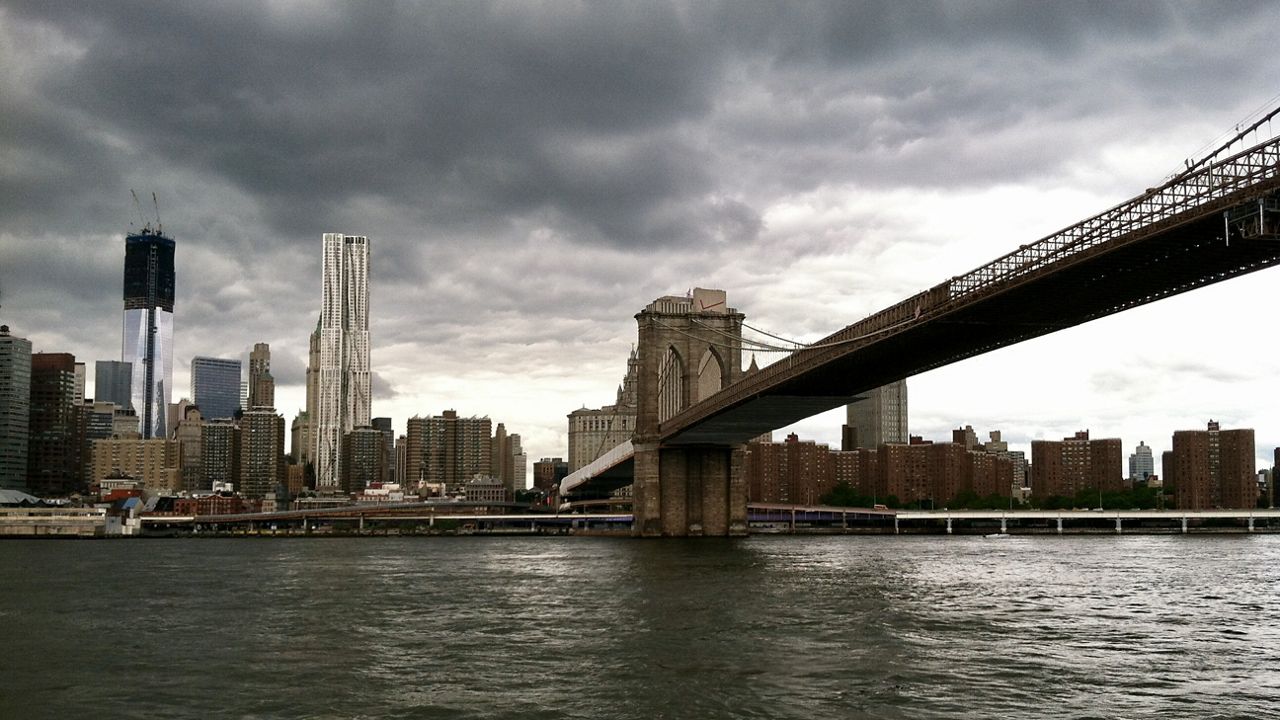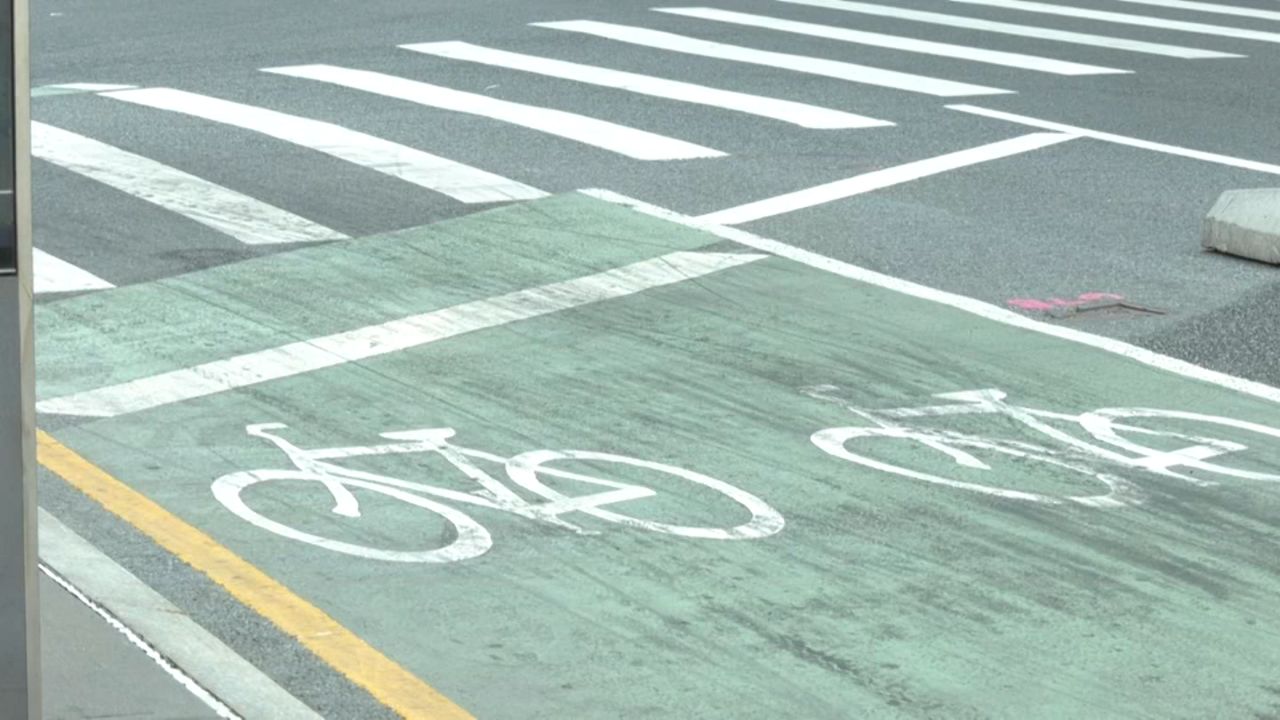When Bill Gorman was growing up in Gowanus in the 1960s, the Brooklyn neighborhood was much different than it is today.
"It was dangerous," Gorman says. "At the end of the streets near the canal you had drug addicts, you had prostitutes at night. It wasn't really a place you went; you didn't go down that far. You didn't say you lived near Gowanus. Now you can say you live in it. It’s a good thing."
Long an industrial backwater, rough around the edges and notorious for its polluted canal, Gowanus has never been more popular.
Now a proposed city rezoning of 80 blocks promises to trigger unprecedented residential development, bringing thousands more people here.
Read the Gowanus Framework Draft Zoning Proposal
The plan would allow buildings of five to eight stories along Nevins and Bond Streets, and the canal. Buildings of 25 to 30 floors would be allowed in the middle of some blocks.
The proposal also calls for an esplanade along the canal and for raising the banks of the waterway by as much as four feet in anticipation of oceans rising because of climate change. Developers also would have to stormproof the bottom floors of their buildings.Current zoning along Fourth Avenue, the busiest street in Gowanus, limits buildings to 12 stories. The new plan would allow them to max out at 17, but at least one quarter of the units in any new residential development would have to be affordable.
"This could be among the largest producers of affordable housing units in this administration," said Department of City Planning Project Manager Jonathan Keller.
The federal government has been cleaning up the canal for years as part of its designation as a Superfund site. The plan would require developers to address toxins on their properties. There will also be incentives for developers to build schools.
Still, for all the changes, the proposal seeks to preserve the newly bohemian flavor of Gowanus, its combination of apartments, art, industry and commerce.
"It's a funky mix today and we want to make sure is a funky mix tomorrow," said Keller, "We're not just here to have a nice clean neighborhood with housing, but also so people can work and live near their work."
Bill Gorman is looking forward to the changes, "I think the development is a great thing."
A public hearing on February 6th will kick off a year of reviews that likely will result in changes. City council members are sure to seek more money for mass transit and public housing. The full Council is expected to vote on this sometime next year.









